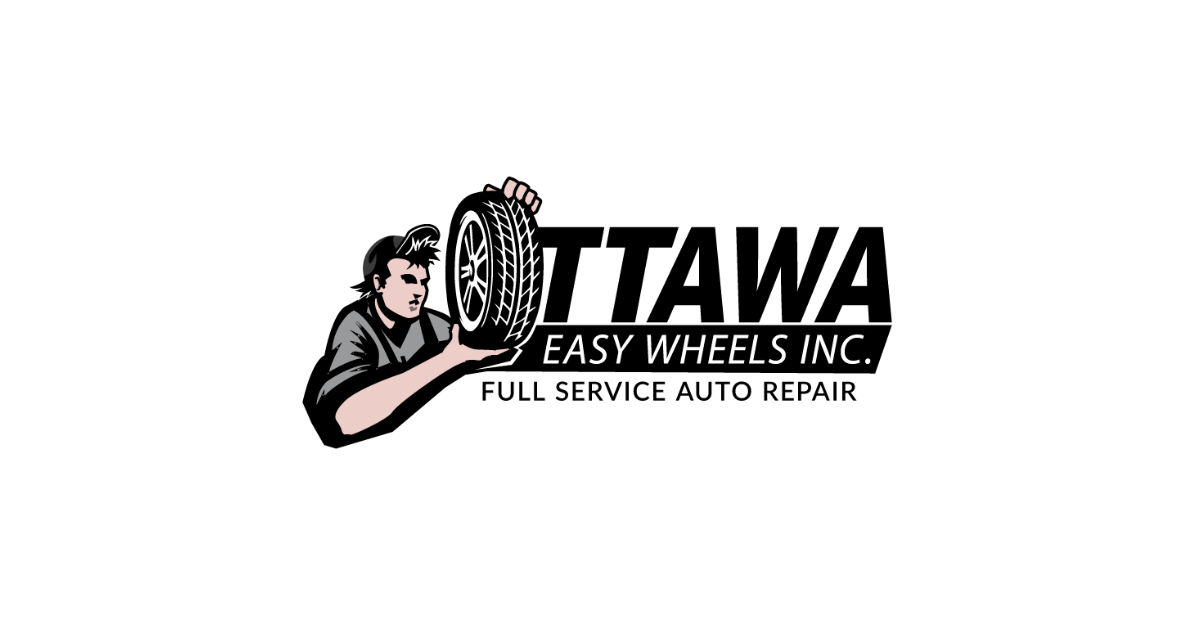Cars run on far more than just the gasoline you pump into them at the local gas station. It is important to know that your car also contains and relies upon numerous fluids that need to be checked and changed on a regular basis to ensure you are getting the most longevity out of your vehicle. These core fluids are: engine oil, brake fluid, transmission fluid, coolant, windshield washer fluid, and power steering fluid (in some cars you may also have diesel exhaust fluid, and rear differential oil).
In today’s blog, mechanics Dan and Alex from Ottawa Easy Wheels, an Orleans Auto Shop in Ottawa, will teach you how to check and change your engine oil.
Why It’s Important to Check Your Car’s Core Fluids
When turned on, your engine consists of parts that are moving at over a thousand times per minute with only the slightest margin of clearance separating them. Your engine oil is what lubricates those parts whilst also trapping carbon particles caused by combustion. It also helps keep your engine cool. If you do not change your engine oil on a regular basis, you put your engine at risk of overheating, possibly blowing a gasket and/or seizing up entirely – a.k.a not good!
How to Check and Change Your Engine Oil at Home
When looking to check and/or change your engine oil, you must first lift up the hood of your car and locate the dipstick. The dipstick most commonly has a yellow handle, and is used to measure the level of oil in your car.
To begin, pull out the dipstick and clean it using a rag or towel. Once cleaned, put the dipstick all the way back into its compartment and remove it again to get an accurate reading of your oil levels. On the dipstick itself you will see both a full mark and a low mark. You want to keep your oil as close to the full mark as possible, but if your oil is in between the two marks, your oil levels are generally alright.
If you’re changing your oil, you’ll want to drain the old oil located in the oil pan on the bottom of your engine block. You’ll also want to replace the oil filter. On some vehicles, the filter is accessed from the bottom, on others, it is accessed from the top.
Where is my engine oil going?
If you are having to top your oil up frequently, that’s a good sign that your engine is either leaking oil or burning it. In this circumstance, you should make an appointment with your mechanic to determine what is happening to the engine oil.
If you find that your engine oil is low and you need to top it up, you need to first find which oil your car takes. To find out which oil to use, you can either check your car service manual, or check the engine oil cap itself (the engine oil grade will look something like: 5W-40, 5W-30, 10W-30 etc.). Once you have found and purchased the correct oil grade, you can start pouring it into your engine directly through the engine cap hole in small increments, checking in with your dipstick frequently. Note that too much oil can be just as harmful as too little!
Be sure to put back your dipstick and engine cap once you are finished topping up your oil.
Remember, it is always best to check with a professional on a regular basis even if you have filled your oil yourself to ensure that the old oil is cleaned out of your engine. For more information on your car fluid needs, visit www.ottawaeasywheels.com or call us directly (613) 862-0793.
